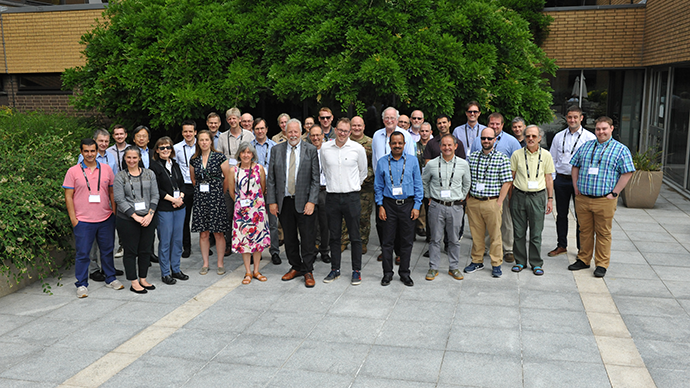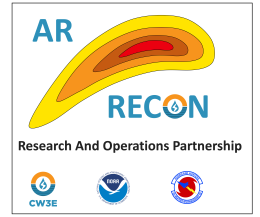Atmospheric River Reconnaissance: A Research and Operations Partnership (RAOP) Improving Predictions of Land-falling Atmospheric Rivers in the U.S.
Overview
This event brought together current AR Recon participants and interested experts to share results, to coordinate and inspire future work on data collection, data assimilation, metric development and impact assessment, and to discuss the Research And Operations Partnership (RAOP) approach pioneered by AR Recon.
Background
From 2015 to 2022, AR Recon grew from a concept to a field demonstration to an operational requirement and mission. It has gone from 3 storms flown over 2 weeks in 2016 to over 20 flown each year since 2020 during the period January - March. Currently, AR Recon uses two Air Force C-130s and the NOAA G-IV to carry out dropsonde missions and has partnered with NOAA’s Global Drifter Program, led at Scripps Institution of Oceanography by the Lagrangian Drifter Laboratory, to deploy roughly 180 drifting buoys with pressure sensors since 2018. AR Recon also supports innovative technologies such as Airborne Radio Occultation (ARO). Flight planning and calling of missions is carried out by a diverse team of scientists and forecasters, who consider input from multiple objective targeting methods and fundamental physical principles. A steering committee for modeling and data assimilation consisting of a multi-agency team of global modeling and science centers is working together to document and enhance utility and impacts of the data. Multiple motivations, including robust demonstrations of success to date have led to expansion on multiple fronts for Water Year 2023 and beyond: expansion of the entire season to begin 1st November; doubling of the Global Drifter Program pressure sensor upgrades to include an equal amount in the NW Pacific (with a goal of 128 total drifters deployed per season); and development of two Working Groups, one focused on ARO data collection and assimilation, and the other focused on expanding AR Recon to cover the Gulf of Mexico and western Atlantic.
Workshop description
The workshop brought together current participants and interested experts from the international communities to share results of modeling, data assimilation and impact studies, and will consider the next steps for future field seasons now that this RAOP is in its Implementation Phase. The following topics were discussed in oral and poster sessions, as well as panel discussions:
- Sensitivity, sampling strategies, and targeting methods for essential atmospheric structures
- Diagnostic, verification, and validation methods including use of the AR scale
- Data assimilation and observation impact studies, including new methods
- Evaluate downstream impacts of AR Recon in the central and eastern US
- Expansion of AR Recon to include events originating in the Gulf of Mexico, North Atlantic, and potentially the Mediterranean
- Expansion of AR Recon observations to the Central and Western Pacific
- Collaboration with the planned North Atlantic Waveguide, Dry Intrusion, and Downstream Impact Campaign (NAWDIC) in winter 2025/26
- Identify leading sources of forecast errors, including role of mesoscale frontal waves and systematic model errors
- Physical process studies enabled by AR Recon in support of water applications
- New observations and observing systems
- Tying observing and modeling strategies directly to impacts, including economic
- Extended-range and sub-seasonal prediction
- Discuss a vision for AR Recon 2030
Attendance
This workshop was by invitation only.

